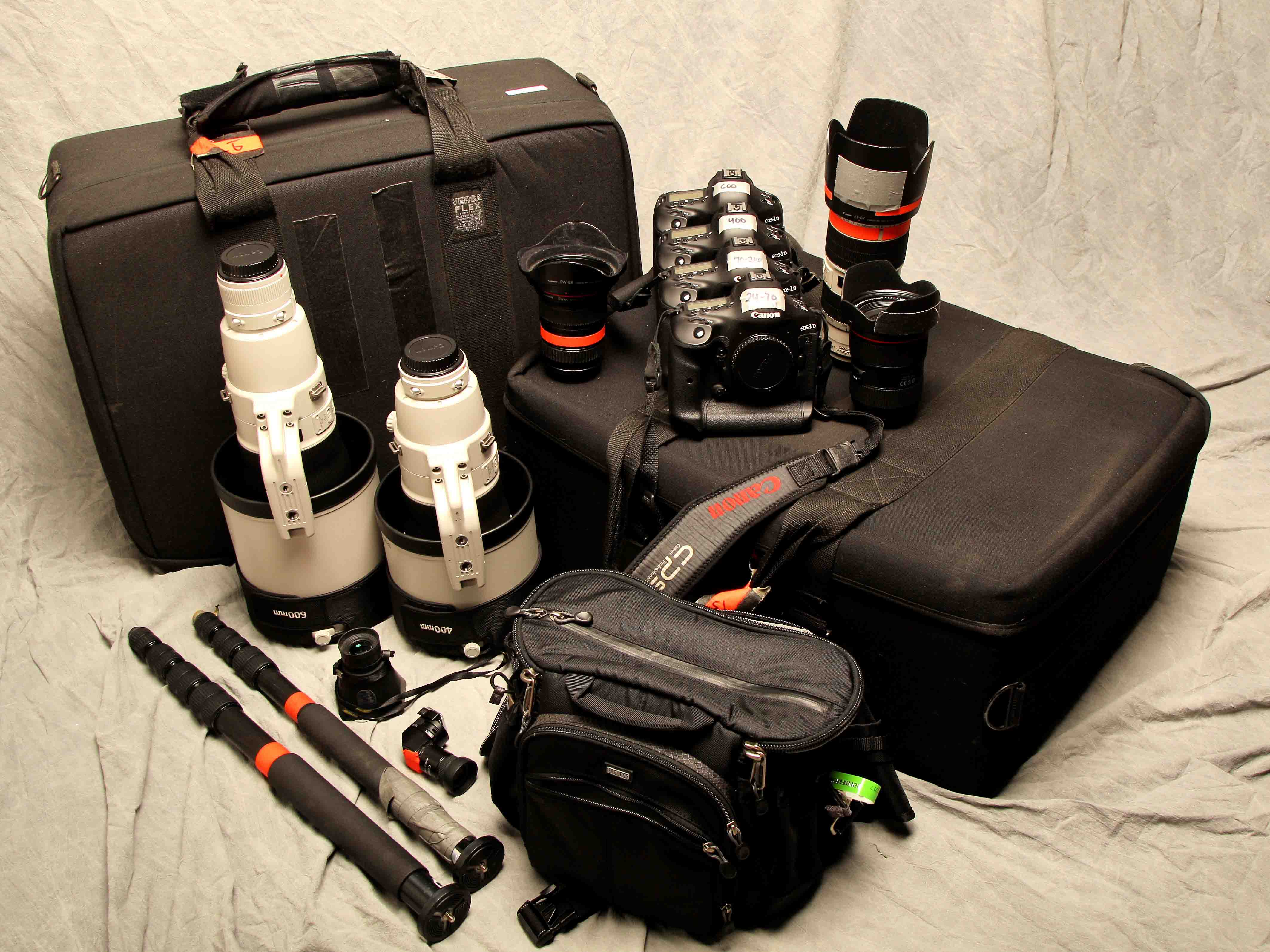No matter how you slice it, there is no denying that photography is an expensive hobby. Cameras do not come cheap. Neither do lenses. Gear can genuinely liberate your creativity, enhance the experience of getting the shot, or just simplify your workflow. Still, more often than not, the latest and greatest will cost you a pretty penny. Obviously, you do not always need flagship products to make your images stand out. On the one hand, you have those who claim “gear does not matter,” which can be true but sometimes not true at all. On the other hand, you have those who believe “you get what you pay for,” which can also be accurate but not always. There are definitely ways to mitigate your expenses in photography so let’s discuss three easy ways to save money but also three corner-cutting habits that may hurt you more than you realize.
We hate banner ads too. Download our app for iOS, iPad, and Android and get no banner ads for $24.99/year.
Stop Paying for Features You do Not Need
Manufacturers are packing camera bodies with more technologies every six months, and these still serve as the perfect basis to justify the high price tag that comes with it. One of the easiest ways to save money in photography is simply by cutting through the noise and being honest about what you really need. Do you need 20 frames a second for wedding work? How likely are you to shoot 6400 ISO on your landscape outings?
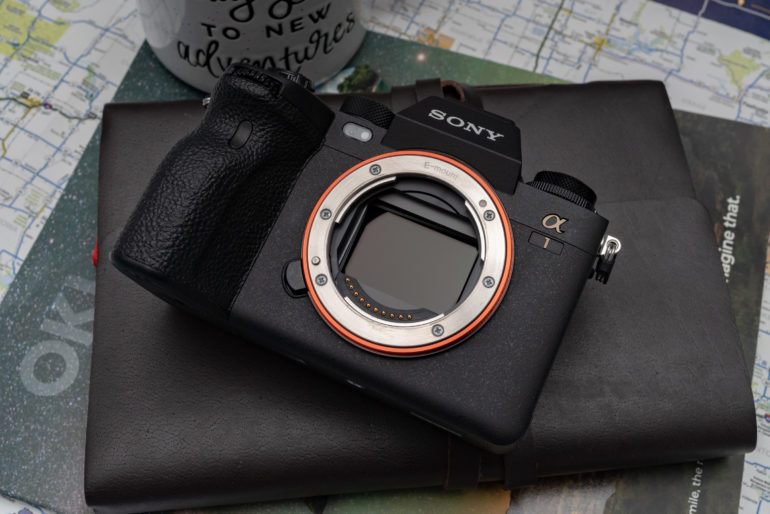
As much as I love my R5, for my use cases, I haven’t seen any practical difference from the original R I still use on a daily basis. I need to print above 3 feet wide to see a material improvement in image quality, and yes, I get a little bit more cropping power in post-processing, but it does not go much further than that. I am yet to shoot a single minute of video on any of my camera bodies.
This is true for any manufacturer. What exactly are you getting from an X-T4 that the X-S10 cannot provide? Don’t go for the Z9 when the Z7 first-gen is already offering 1st in-class resolution and dynamic range unless you need the extra speed for action and wildlife shooting.
Third-party is Nothing to be Feared
Twenty years ago, Sigma and Tamron were a cheap entry point for enthusiasts who could not afford the real thing. It was a decent offering, but you had to compromise with various aberrations and autofocus limitations, the typical story of “YOU GET WHAT YOU PAY FOR” as performance was in line with the price. Fast forward to today and those are still much cheaper than the L series or G Master, but they rival and sometimes exceed the performance of the big guys. We even reached a point where Tamron and Sigma are producing lenses for some of the biggest names.
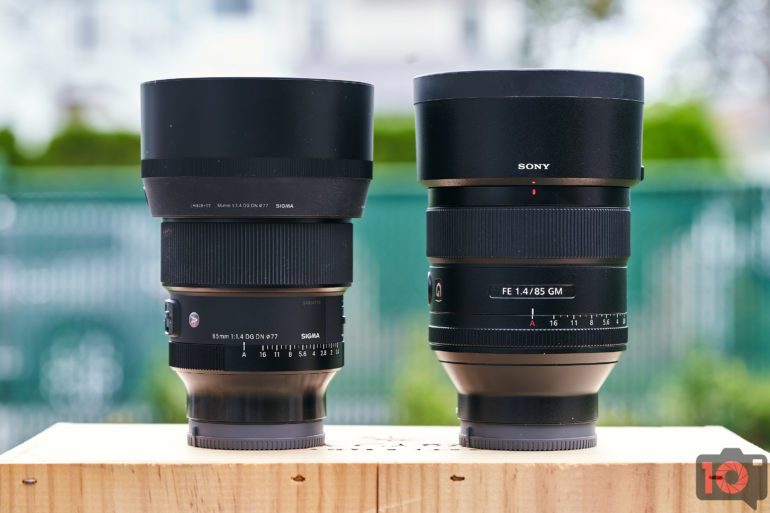
This is not limited to lenses. If you think about lighting, there are very few scenarios where any Godox user will miss Canon or Profoto expensive speedlights.
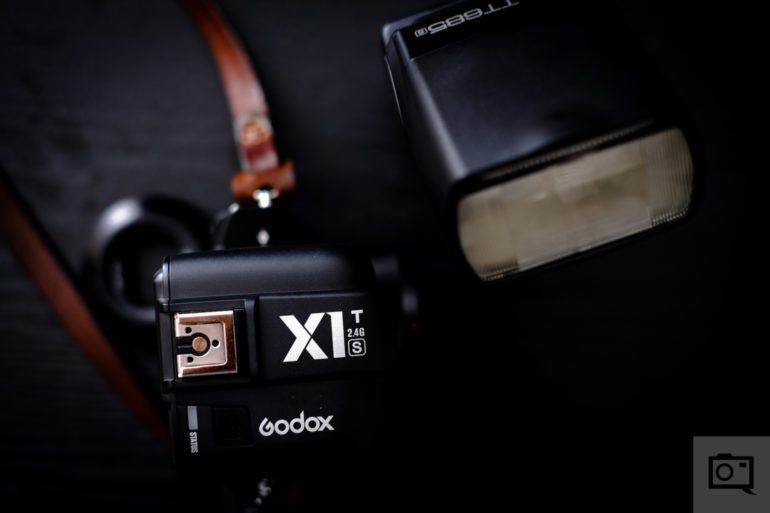
Go Easy on the Accessories.
Photography tends to be taught by experienced shooters who have developed habits in a previous era. Some of those habits are not necessary today.
One example is graduated filters. The dynamic range of modern sensors has gone a long way, and, in most situations, you can simply expose for the highlight and recover shadows in post with minimum noise. If your sensor might not handle this correctly, every manufacturer has a bracketing mode that will let you blend images in-camera or afterward.
The same can be said about a trigger remote. Between the built-in intervalometer and the 2/10 seconds delay, this is another expense you might want to avoid.
Having said that, there are shortcuts one might consider that will end up costing more in the long run. Even though tempting, those are not recommended ways to save money in photography.
Cheap Tripods are Useless.
The worst offenders in this category tends to be tripods. More specifically, cheap tripods. Those tend to lack the substance and sturdiness required to hold even a light mirrorless setup. Weak aluminum legs that shake with every breeze will hurt your photography more than anything else. Your long exposures will often be soft. You might even end up replacing a lens thinking it is not sharp enough when in fact, it is the micro jitters that are to blame.
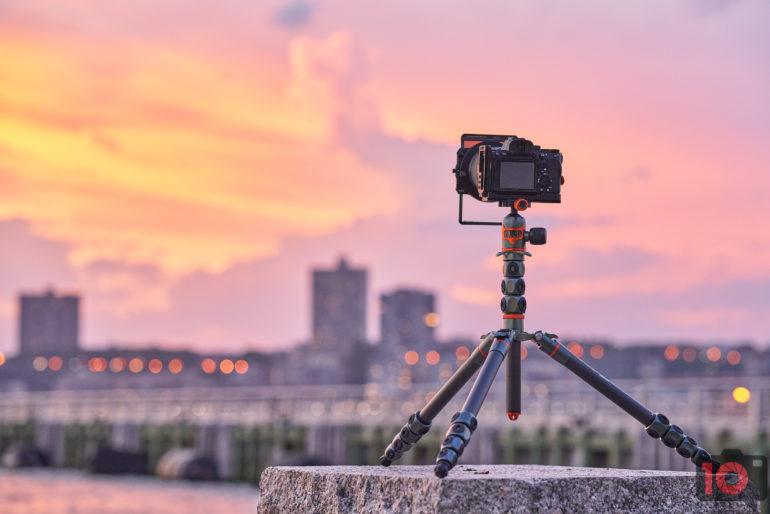
Also, poor materials may often break or get rusty within a year or two, especially if you spend a lot of time around coastlines and salty water. You are bound to spend more money replacing them over a long period of time than if you went for a quality offering right away.
Avoid Cheap Filters
Finding the right filter can be a difficult task as even within the same brand, quality can be inconsistent. Filters will also behave differently with every lens as coating and optics can vary. A screw-on filter can add vignetting to a wide-angle lens when it is outstanding on a telephoto zoom. Uneven polarization and color cast are also some of the recurrent issues with poor quality filters. We would recommend buying from a reputable source with a decent return policy.
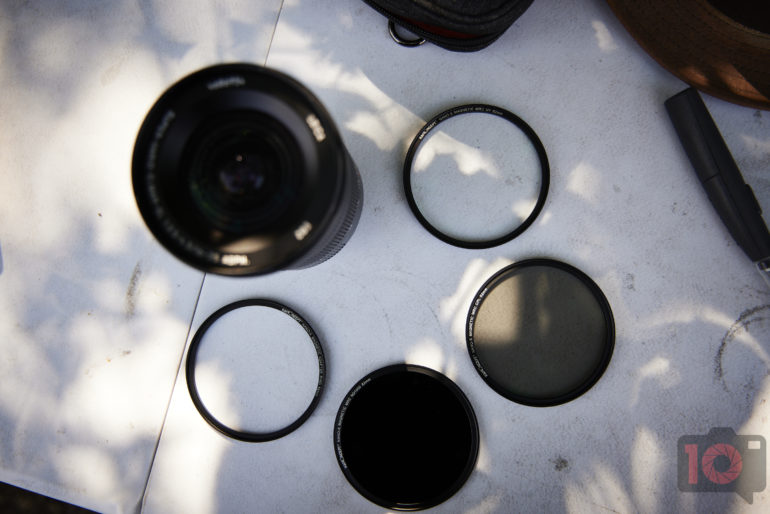
Get the Right Bag for You
Whether it is a sling for a quick outing in the city or a backpack for a week-long hike in the mountains, carrying and protecting your gear is of tremendous value. An uncomfortable bag will have you tired much sooner, especially if your kit is on the heavier side. It can be the difference between staying out longer to get the shot or cutting the session short.
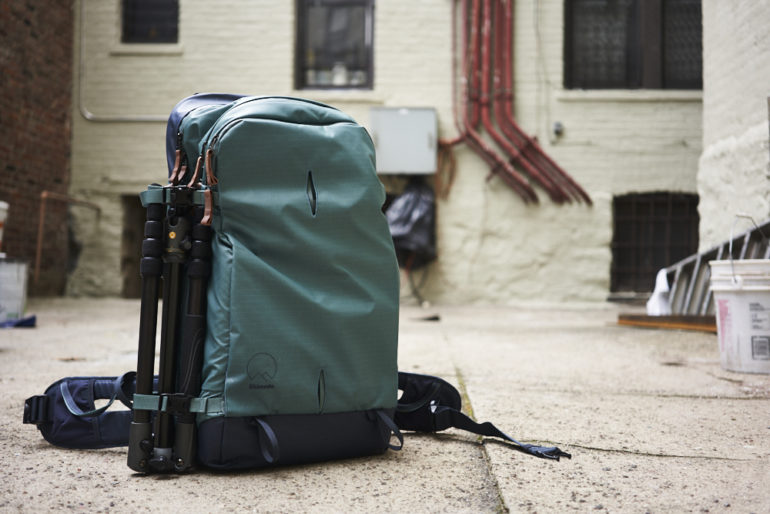
Poor padding or separations can expose your lenses to rub against one another and get markings that will decrease their resale value. Worst, you can get scratches on the back screen of your camera if not stored properly. There is no perfect bag for every single scenario but take your time to find the best possible fit for you; it will pay dividends in the long run.


